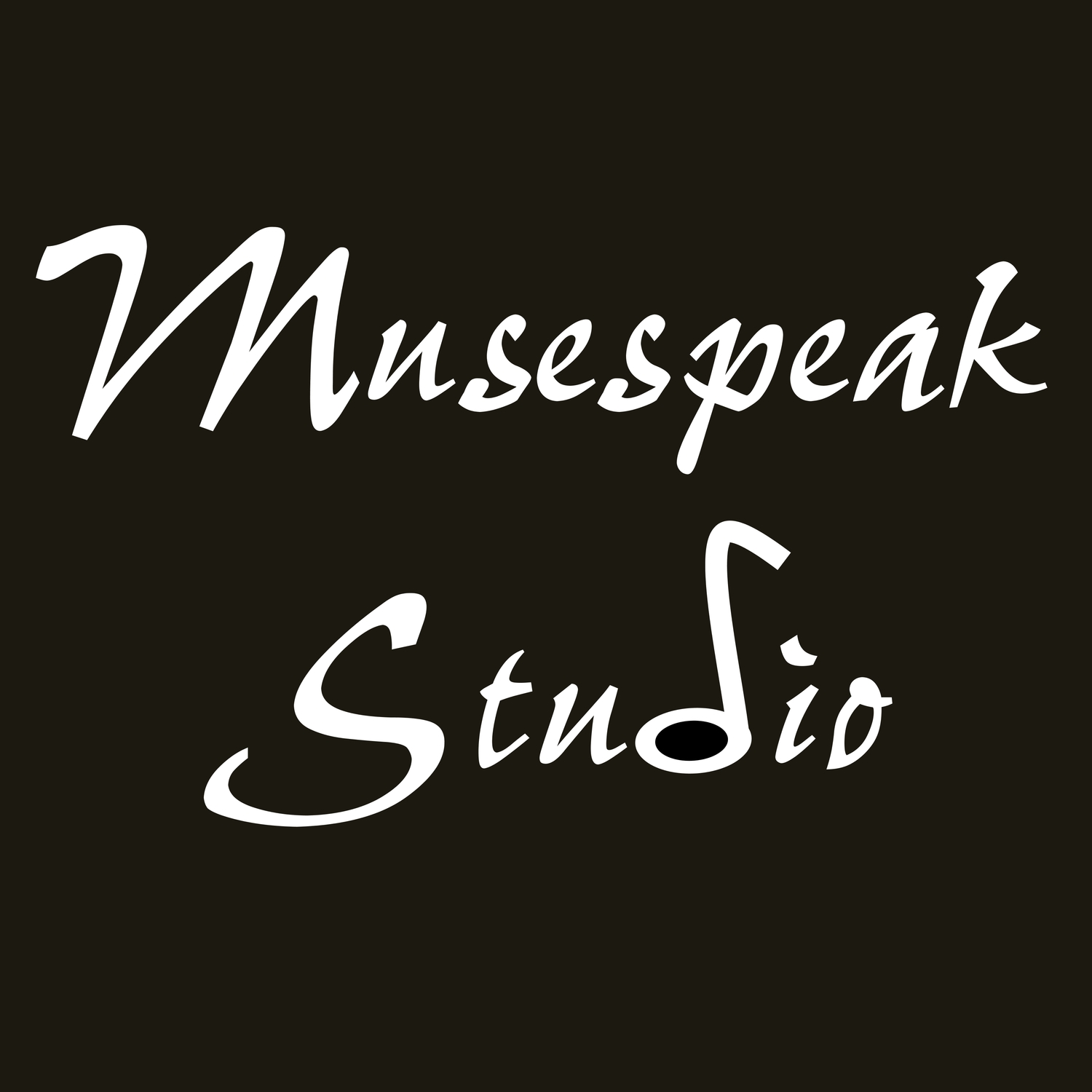Now that my website issues have been resolved (knock on wood), I can get back to the business of writing and teaching. You can read all about it here. I've wanted to share some of the tweaks I've made to my studio incentive program:

What's New:
First off, I changed the name from "Maestro's Musical Quest" to "Maestro's Top Dogs". It makes sense, since the Top Dogs in each category will party it up with Maestro at the Top Dog Party.
I also reformatted the Piano Progress Card. The booklet format was nice, but students misplaced it. Now, all the elements that were in the Progress Card are printed on 8-1/2 X 11" coloured sheets (lilac, pink, green and blue) and placed in their binders.
In the top LH corner in the photo above, you'll see two cards with shapes in a grid. That's the new technique challenge. Inspired by Qwirkle, a game created by MindWare, my students will work their way through the card, building Qwirkle-like rows ("Twirkles", perhaps?). Whenever they master six technical elements in a row, they collect $15 Maestro Bucks to spend at Maestro's Market. Students who complete the card (major minor keys) will be inducted into Maestro's Technique All-stars.

Upgraded Studio Incentives - Sticking to a Theme
One thing I noticed with last year's "Gig Card" is that some students either performed a lot or hardly at all. I suspect that some lost their steam for performing 20 times before seeing $100 Maestro Bucks. This year, they will earn $25 Maestro Bucks for each five performances.
That transferred over to the Music Moxie (formerly the "Music Maestro") and the Music Mastery cards. I decided to keep it simple and have $25 Maestro Bucks for five on all of them. The goals setting incentive remains the same as last year.
Handouts and a Bag of Tricks
This year, my students and I are going to explore practice strategies based upon their "practice personality". This is inspired by a book I bought at the CFMTA Convention, entitled Practice Personalities: What's Your Type?: Identifying and Understanding the Practice Personality Type in the Music Studentby Thornton Cline.
Instead of the Practicing 101 handouts of years past, I decide to repackage the info for my predominantly Visual and Visual-Kinesthetic learners. Once again, I drew inspiration from some of the tabletop games and video games I've played.
All students, young and young-at-heart, received a Bag of Tricks:

The original set contains 24 practice drills. One side of the card shows you how to do the drill. The reverse side tells you when to use the practice strategy and what it can be used to fix.

Some of my students were very excited when they read what the cards contained. Others looked skeptical, to which I'd say, "They're good for when you're stuck and you need to change up how you're working on something."
One of my fellow gamers enthusiastically read the cards out loud to his mother. When he got to the part where it said, "Repeat until you can play this spot cleanly five to seven times in a row," his mother said something like, "Well, duh!"
Then, one of my Grade 12 students looked at them and said, "Dude, that's a lot of work." Well, if more of my students improve because of them, then I'd say that it's worth it. At any rate, I hope that they have as much fun with their materials, practice aids and practice incentives as I had making them.
June 13, 2014 update:The musical bag of tricks has undergone significant testing and revisions, as well as a new name. I am pleased to announce that the Canadian product release of Maestro's Music Tricks (MMT) is June 30. There are 34 practice drills. MMT is currently available on pre-order. Stay tuned for details on the international product release.
MMT website: http://mmt.musespeak.com
MMT FB page: https://www.facebook.com/maestrosmusictricks
